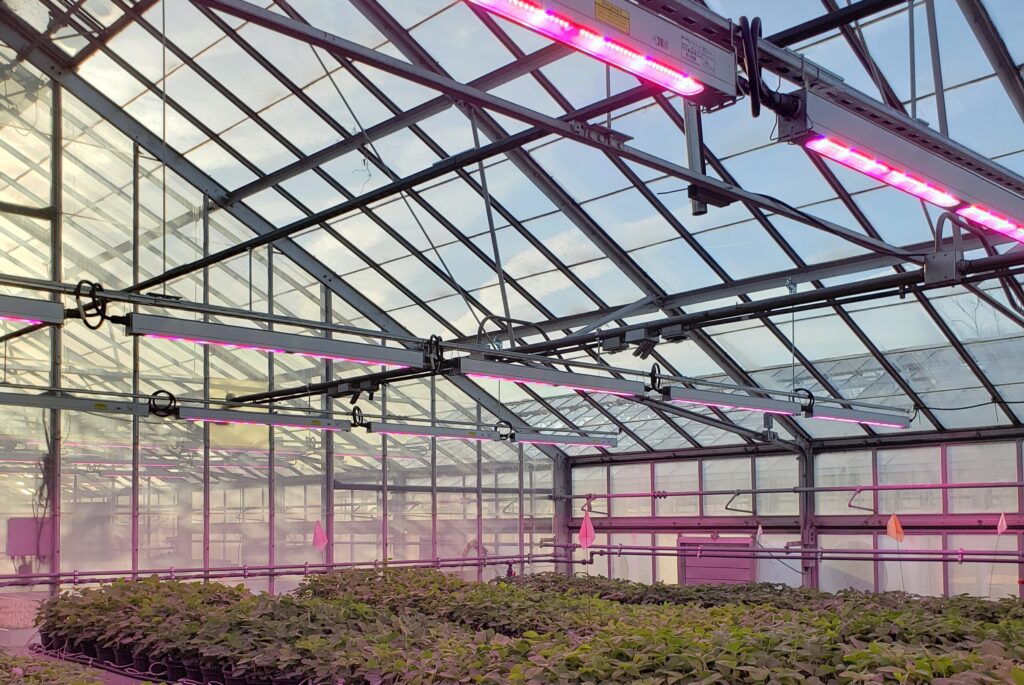Apr 1, 2024MSU upgrades greenhouses
In late December 2022, bitterly cold days hit the Michigan State University campus.
Temperatures never climbed higher than 19 degrees F, while the low plunged to 3 F.
While the frigid conditions aren’t entirely rare for Michigan winters, they were extremely problematic for MSU’s outdated research greenhouses. The old, thin glass shell of the facility — along with an overmatched heating system — simply couldn’t keep up.


In one greenhouse that is exposed to the outdoors on three sides, the temperature was set to 77 degrees during the day and 68 degrees at night. The overtaxed heating system ran nonstop at 100% capacity, yet the temperature inside was up to 15 degrees below the desired setting.
Chrislyn Particka, director of the Plant Science Research Greenhouse Facility, said this incident drove home the need for updated facilities. This was, however, a known issue.
Prior to this situation, several units on campus recognized the condition of the research greenhouses as an area of concern. In partnership with Particka, the team identified upgrade opportunities and committed financial resources.
The units were:
• College of Natural Science.
• Infrastructure Planning and Facilities.
• MSU AgBioResearch.
• Office of the Provost.
• Office of the Vice President for Research and Innovation.
• Plant Science Research Greenhouse User Committee.
“MSU is one of the premier plant research institutions in the world, and to continue at that level we need infrastructure that supports world-class research,” Particka said. “We can’t have situations like that where we can’t control the temperature much at all because it undermines the integrity of our research.”
Although it remains an ongoing process, one of the first orders of business has been to replace the old high-pressure sodium lighting with modern light-emitting diode (LED) fixtures. Additionally, the leaky glass panes are being swapped out for double-wall acrylic and fresh seals. The new acrylic has a much higher insulating capacity and the improved seals stop moisture from entering, all while reducing energy consumption.
Climate control has been lacking due to 1960s technology, and equipping greenhouses with new climate control systems prevents many of the challenges with overheating or cooling and delivers more precise research conditions.
After those renovations, the same greenhouse that couldn’t deal with freezing outdoor temperatures is now a success story. On Jan. 14, 2024, temperatures dropped as low as minus 4 F, and the heating system — which did not run at full capacity and even shut off for a brief period — kept the inside temperature at the 77-degree daytime and 68-degree nighttime thresholds.
“It’s definitely a start, and we’re really happy with that,” Particka said. “We’re looking forward to getting more of our facility into the modern era of greenhouse research and production.”
A groundbreaking event for Michigan-funded greenhouse renovations is scheduled for April 12 at the greenhouses on Farm Lane on the MSU campus.
Read the full MSU article here.















